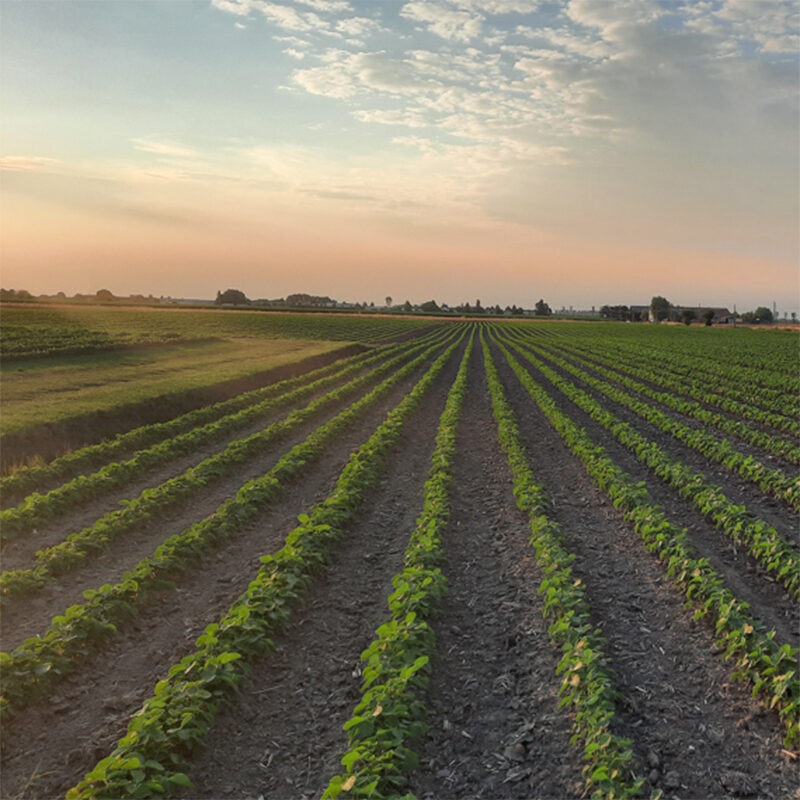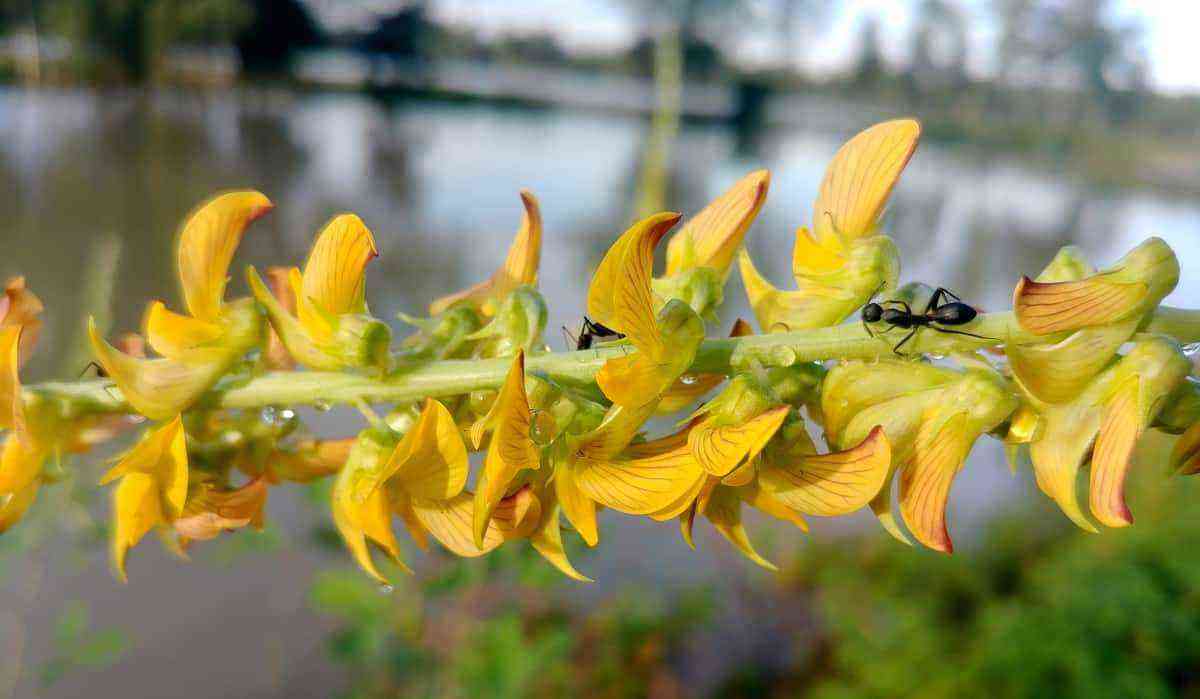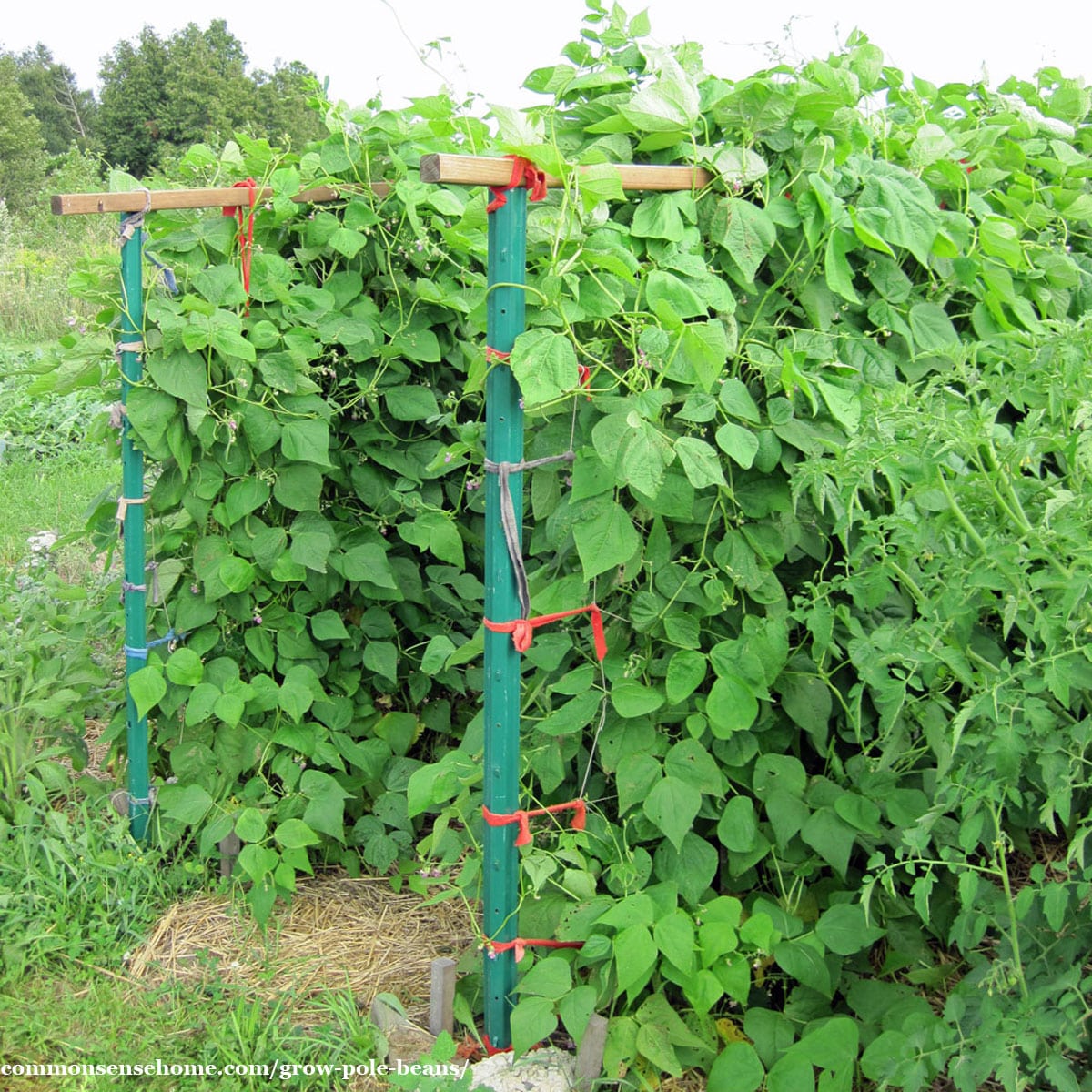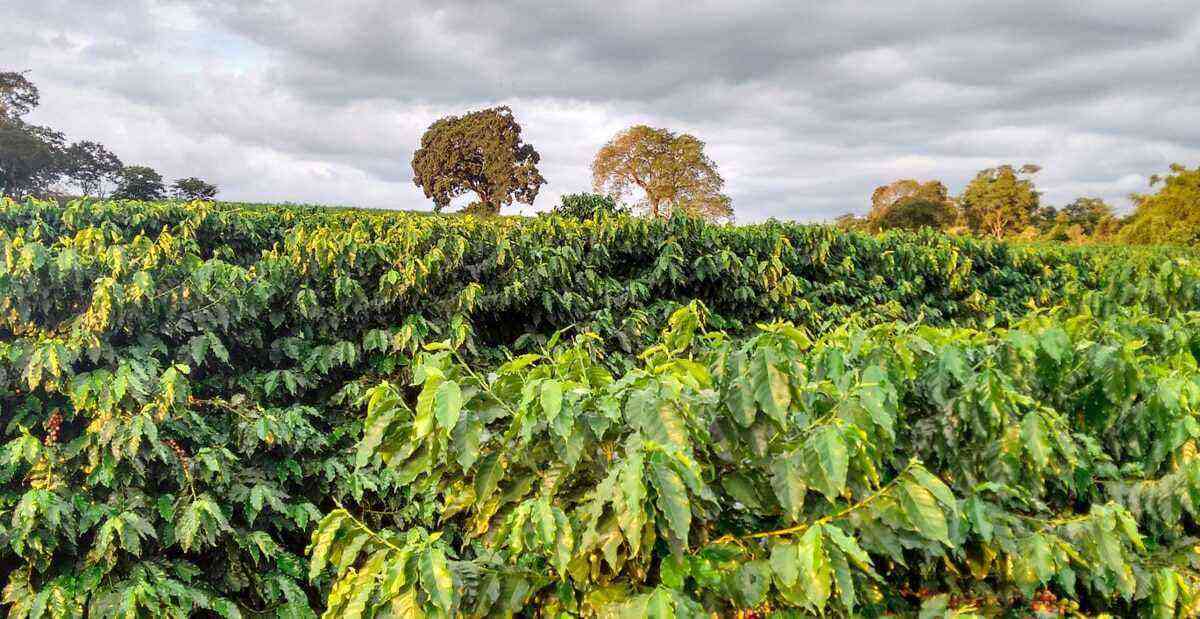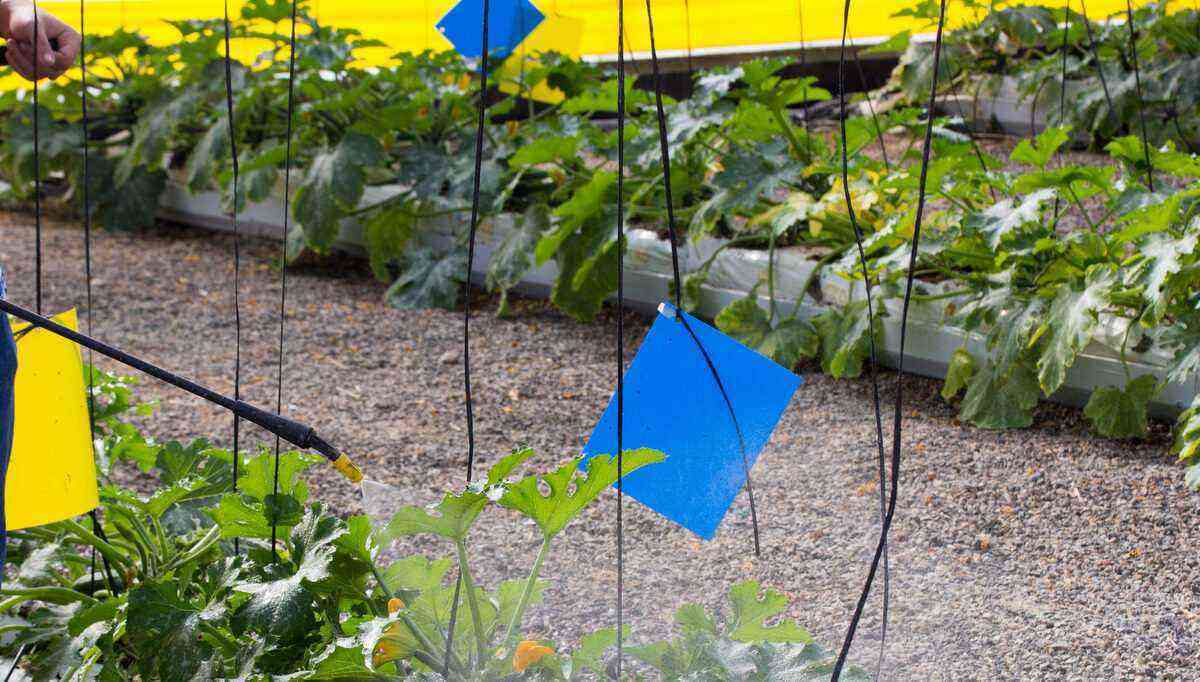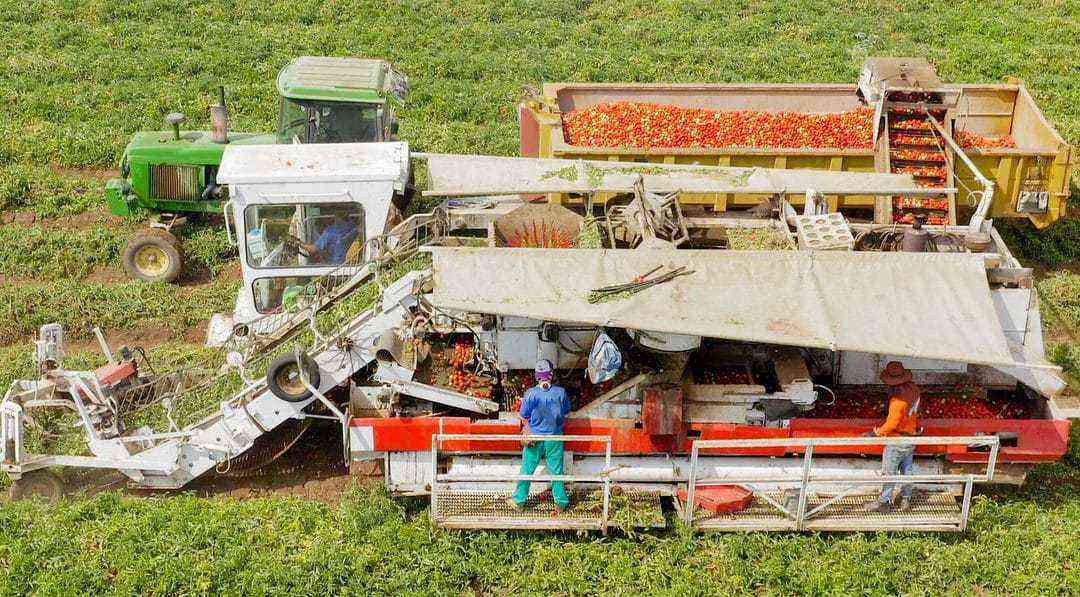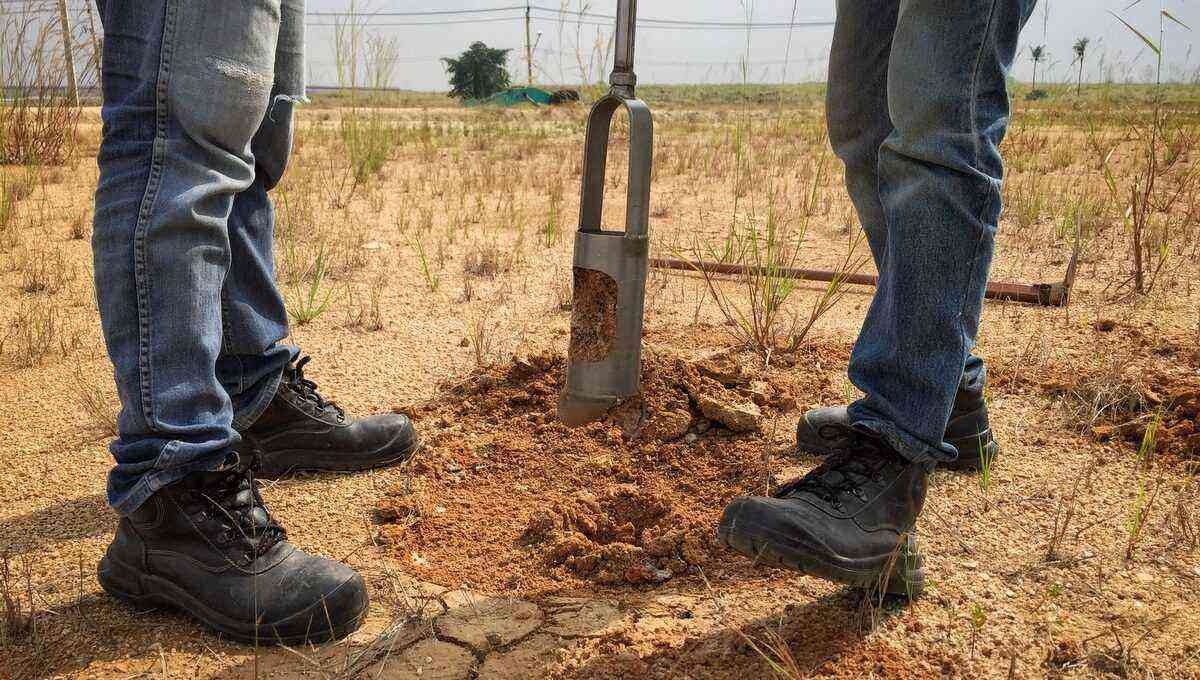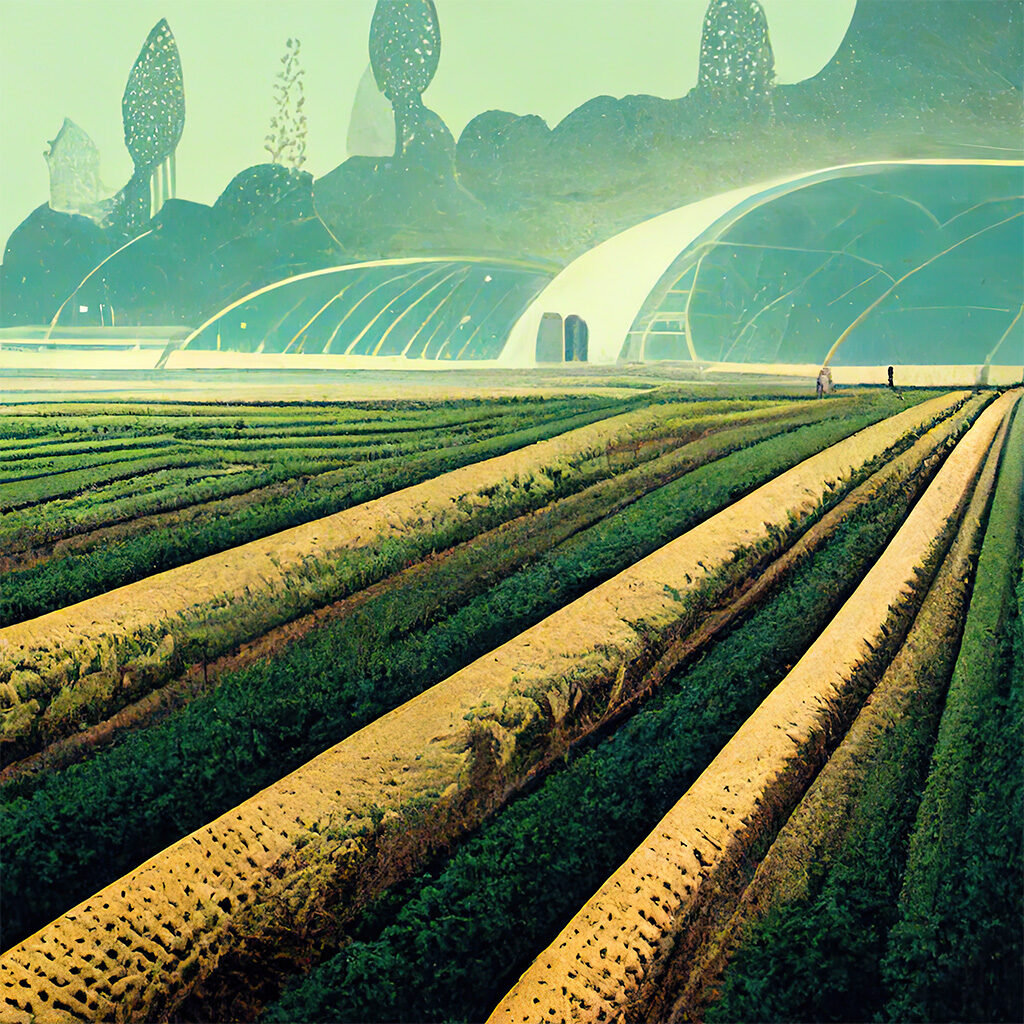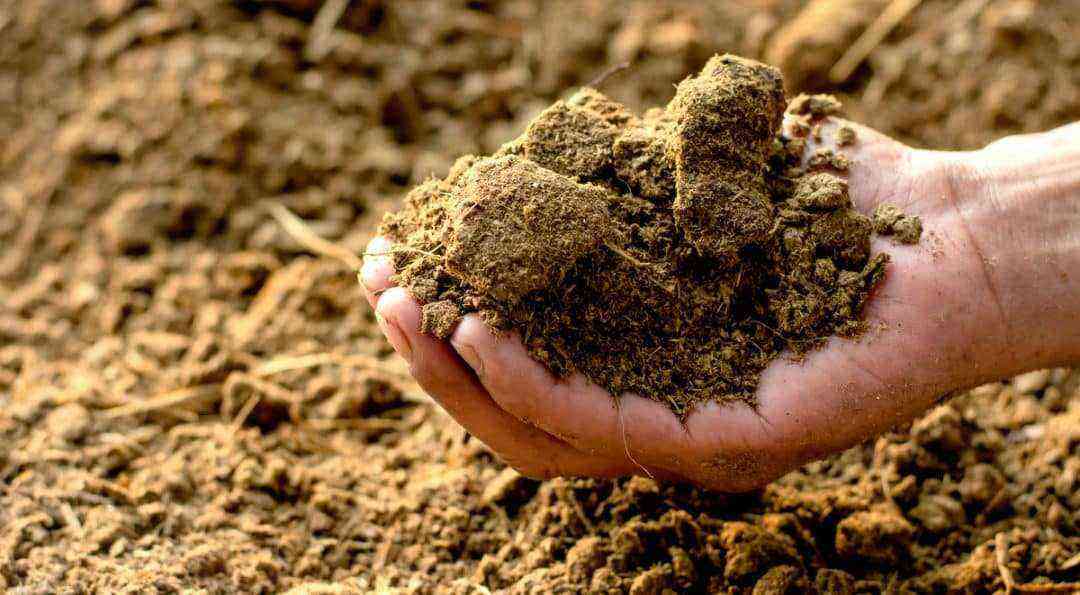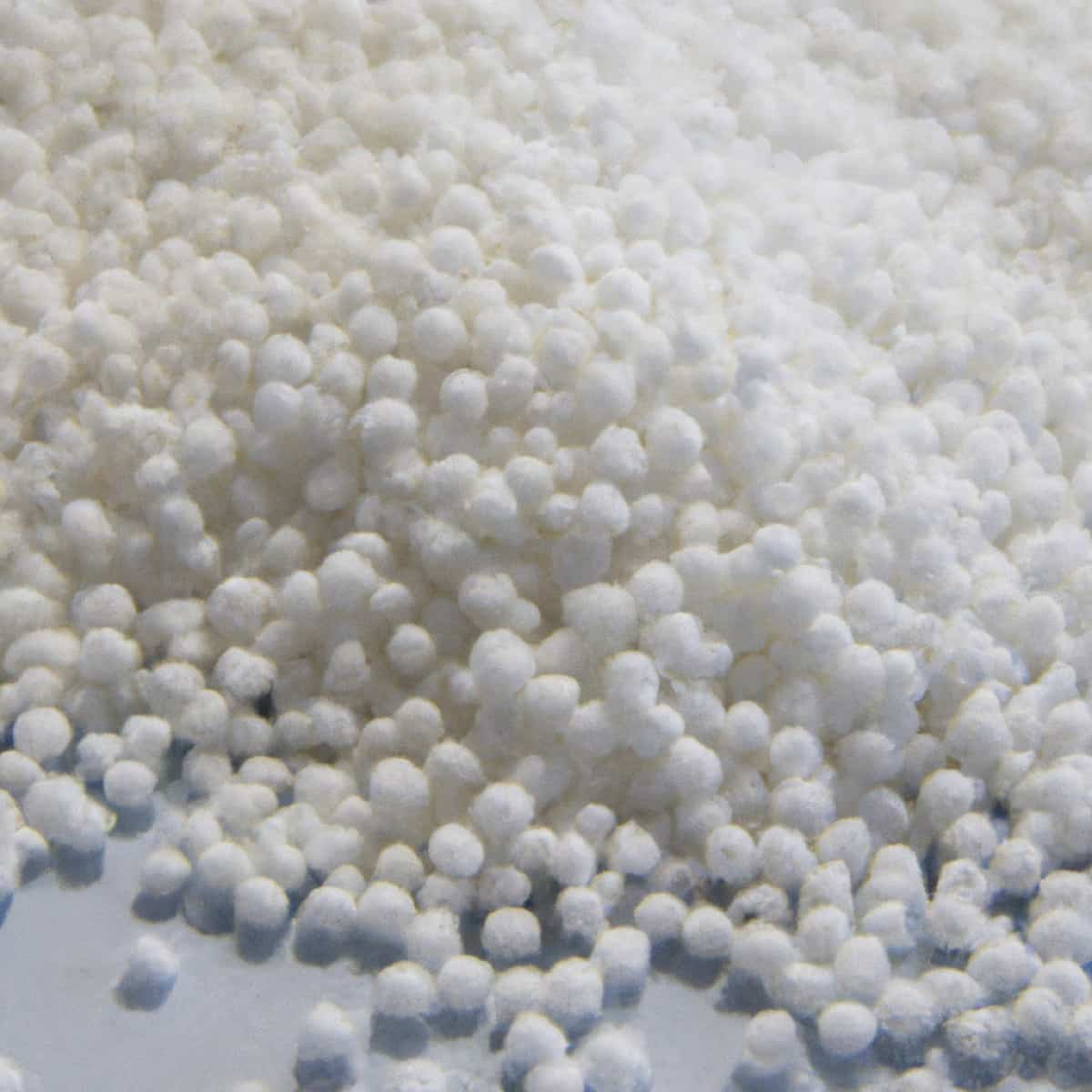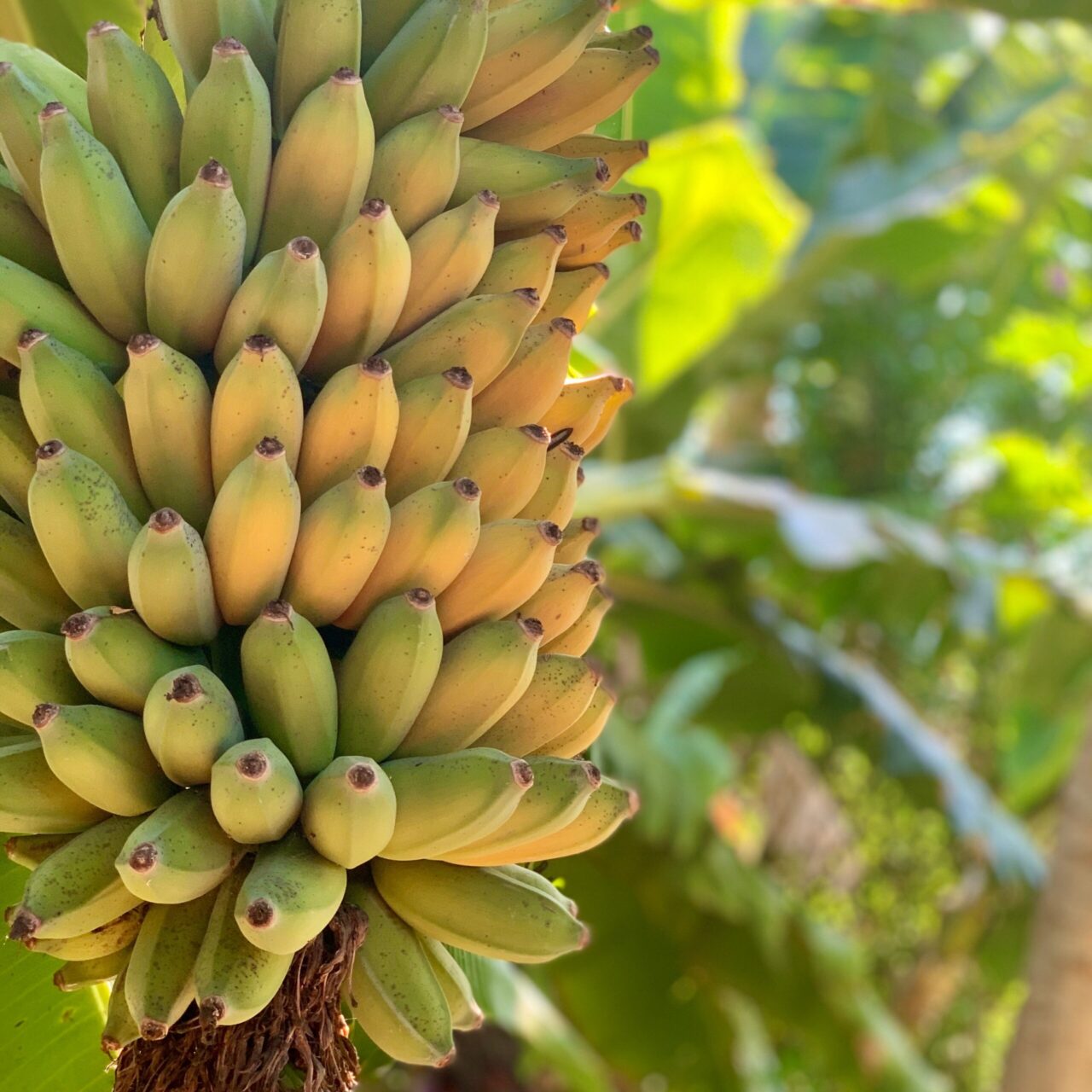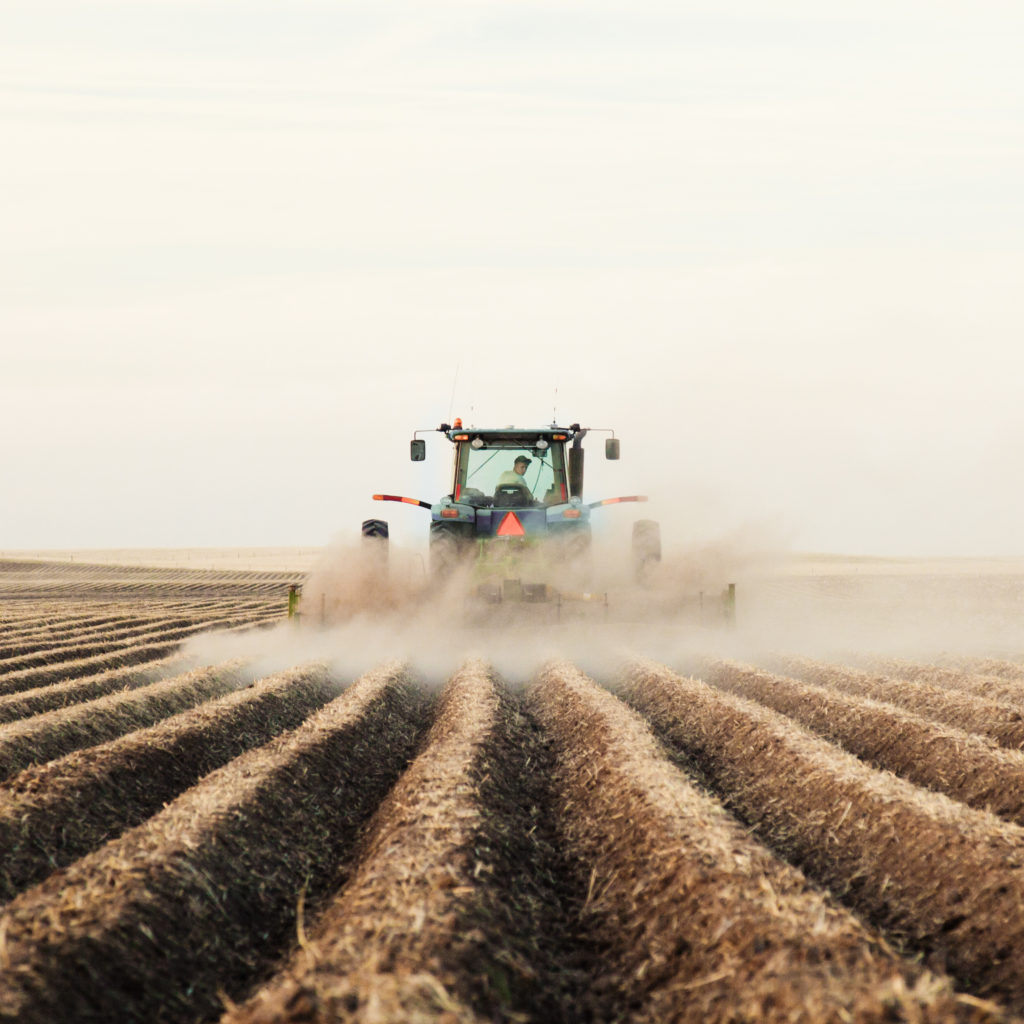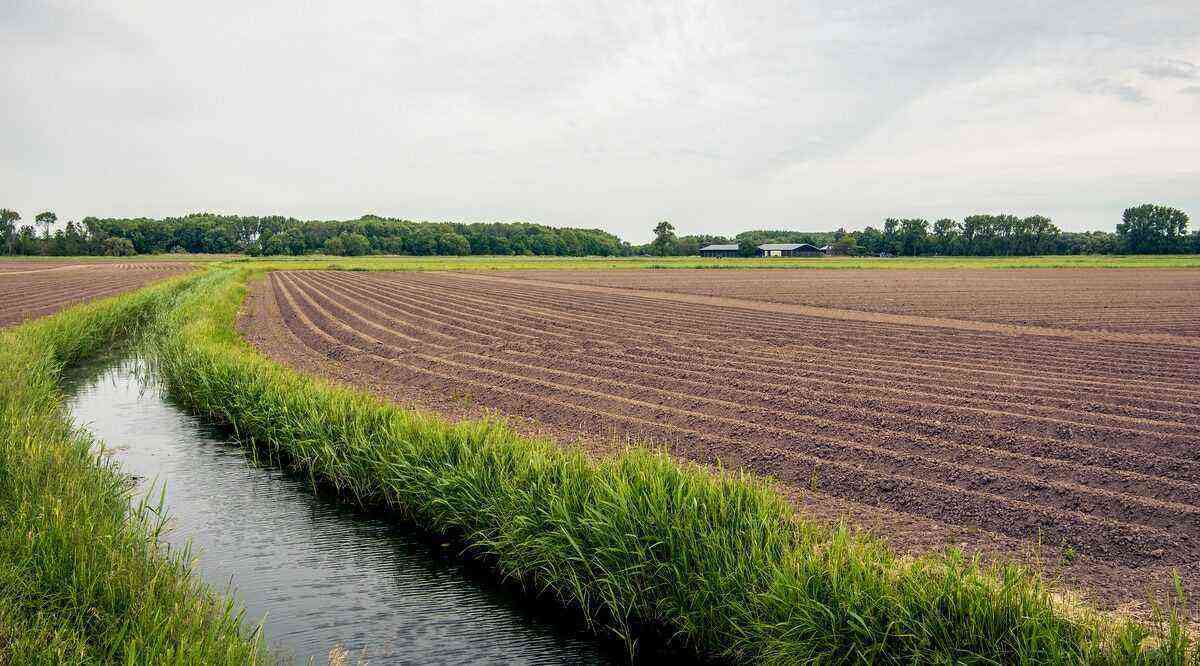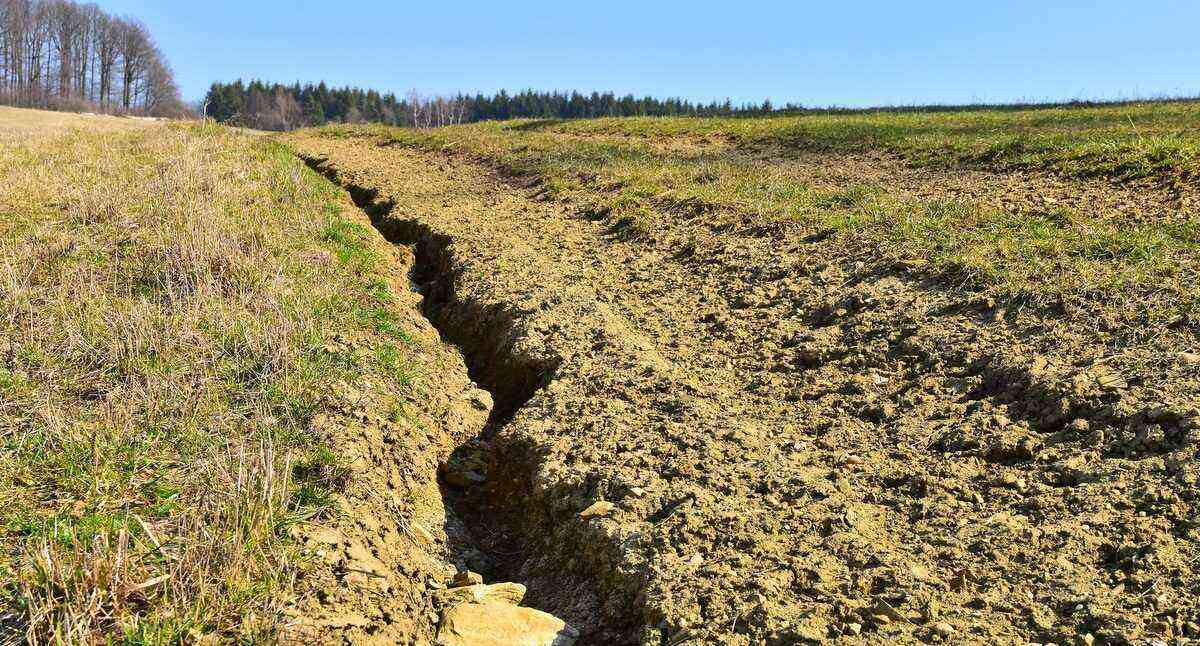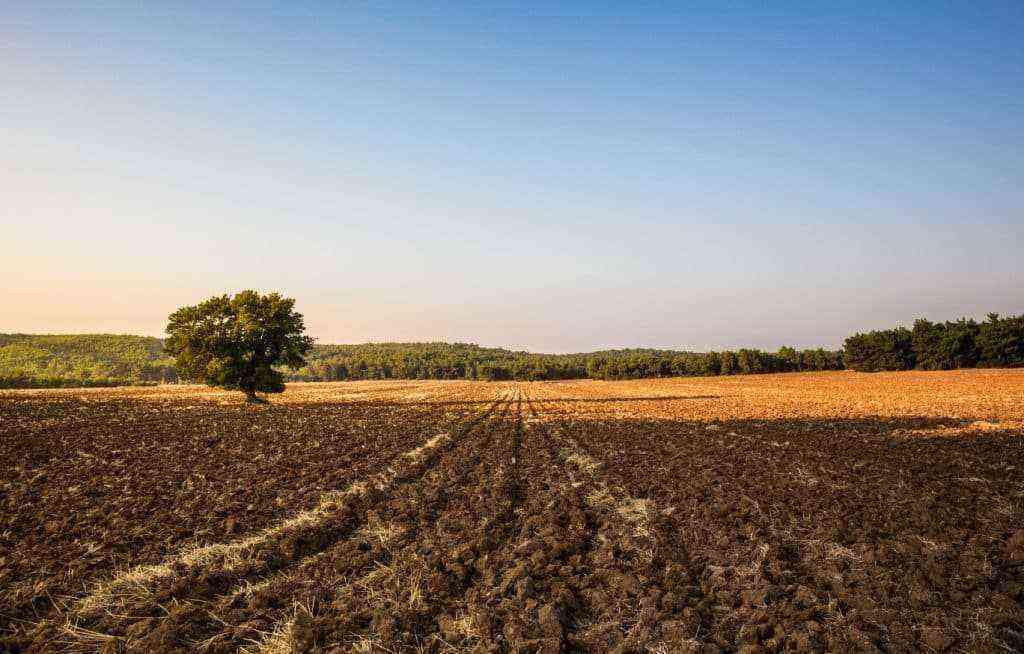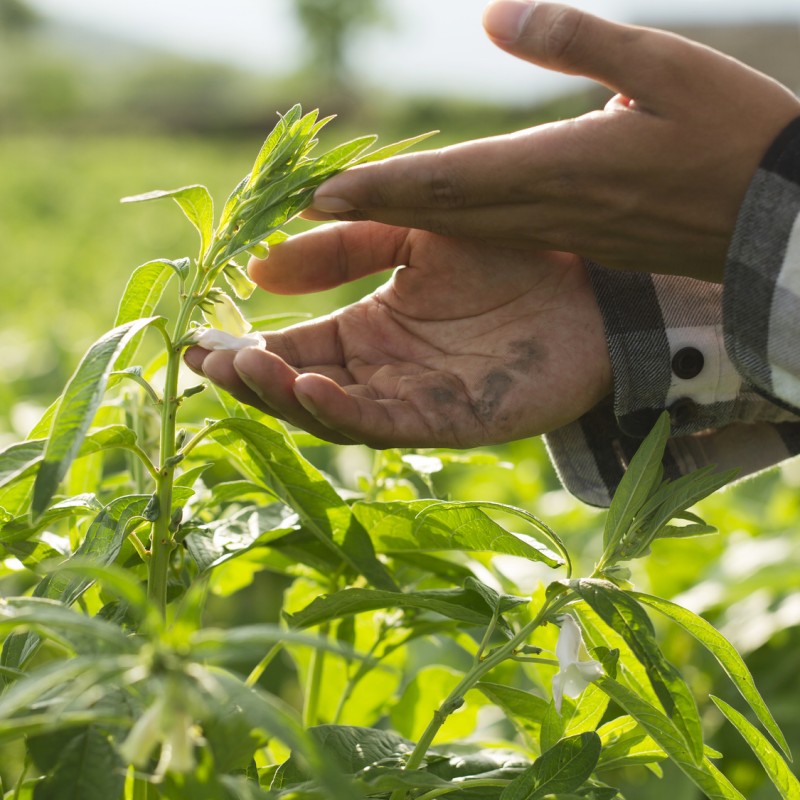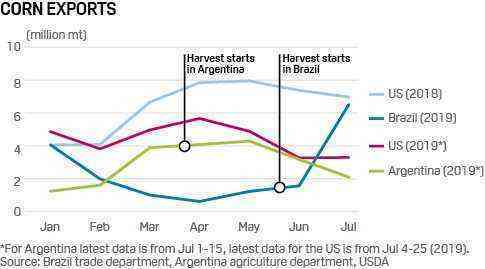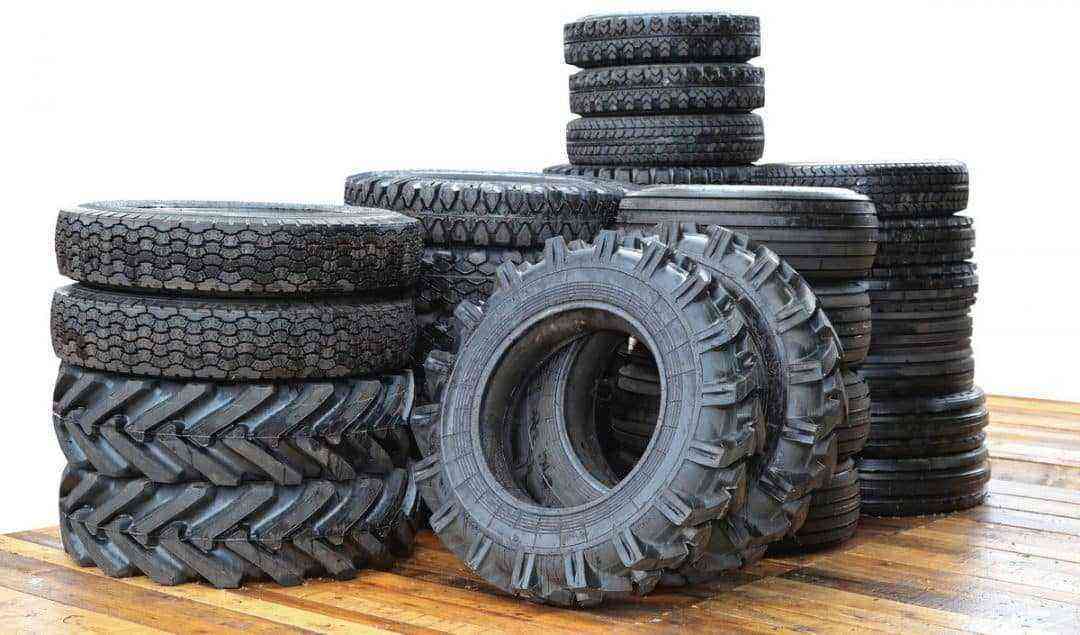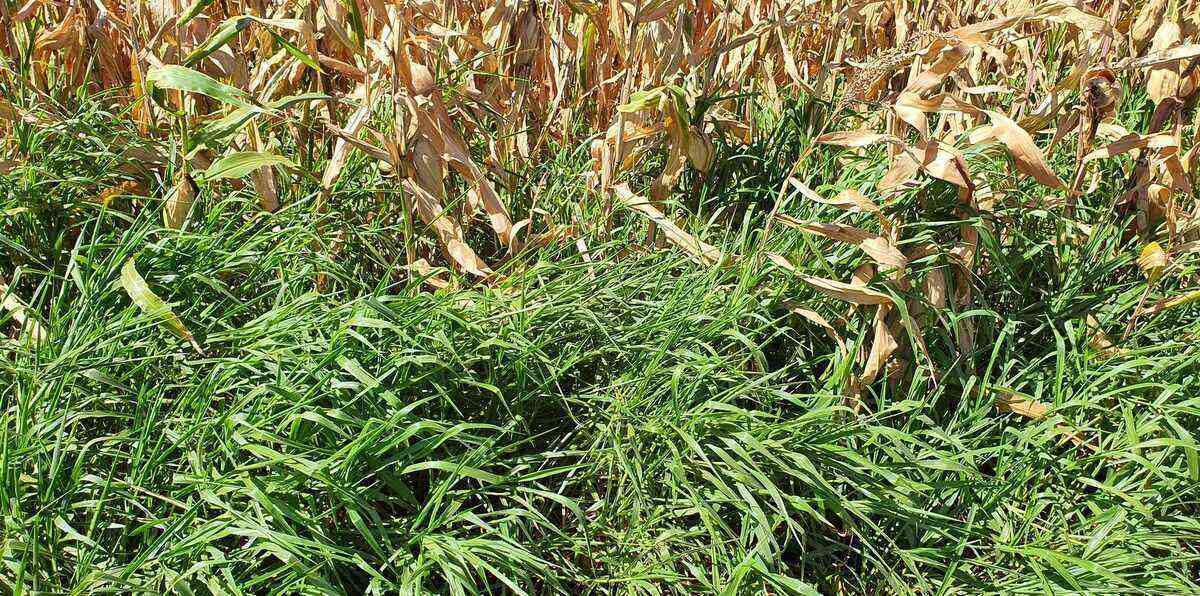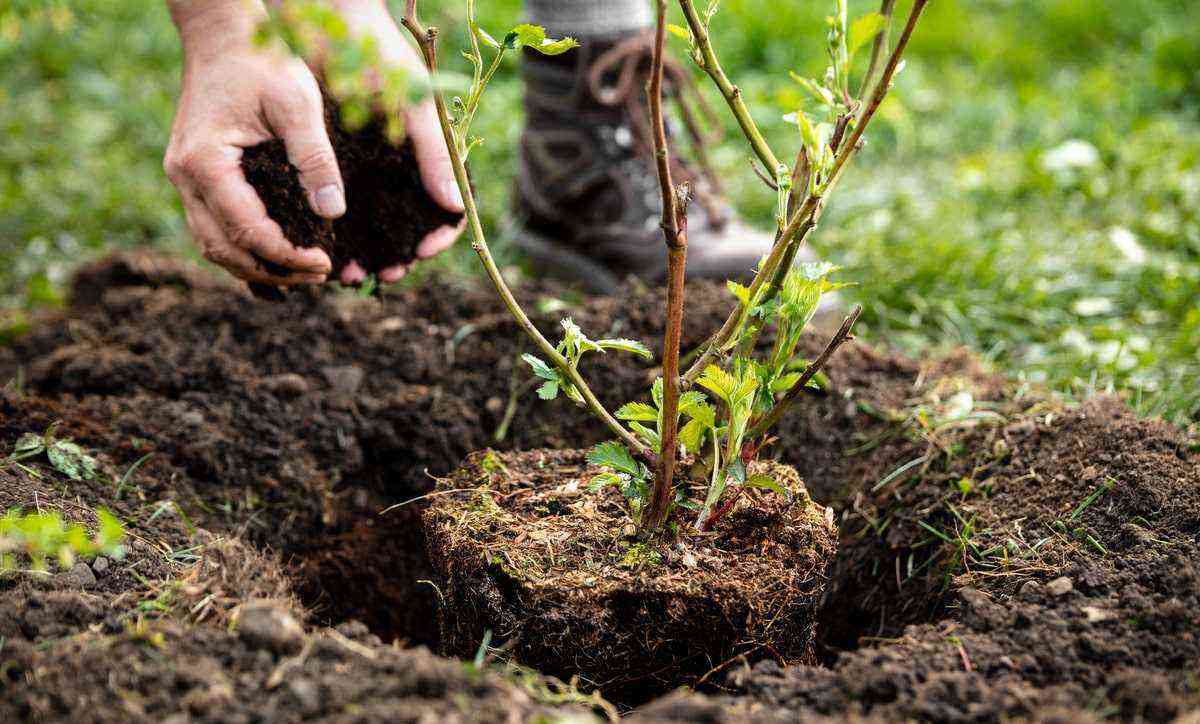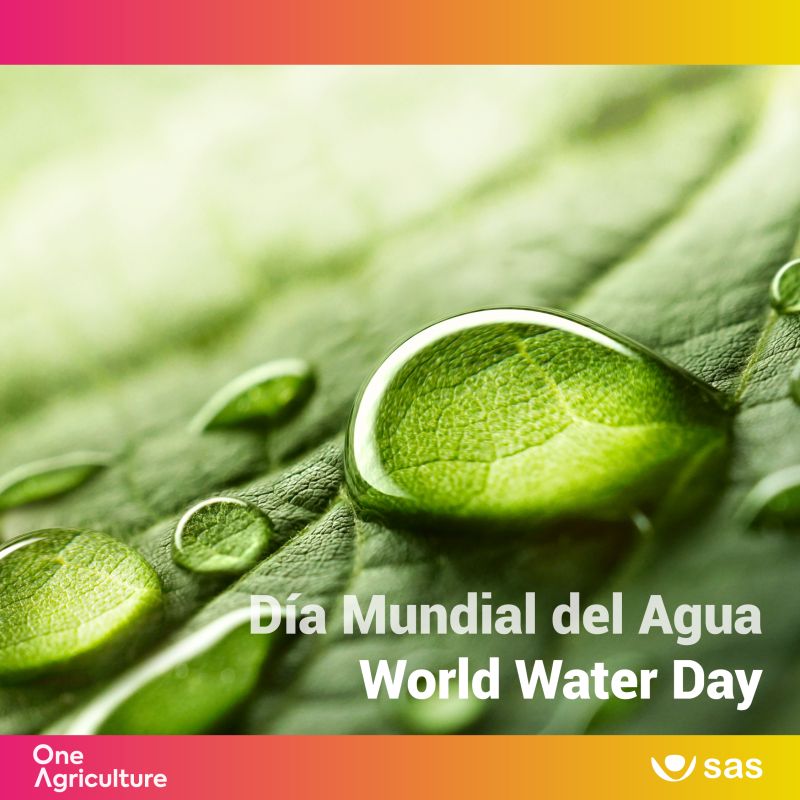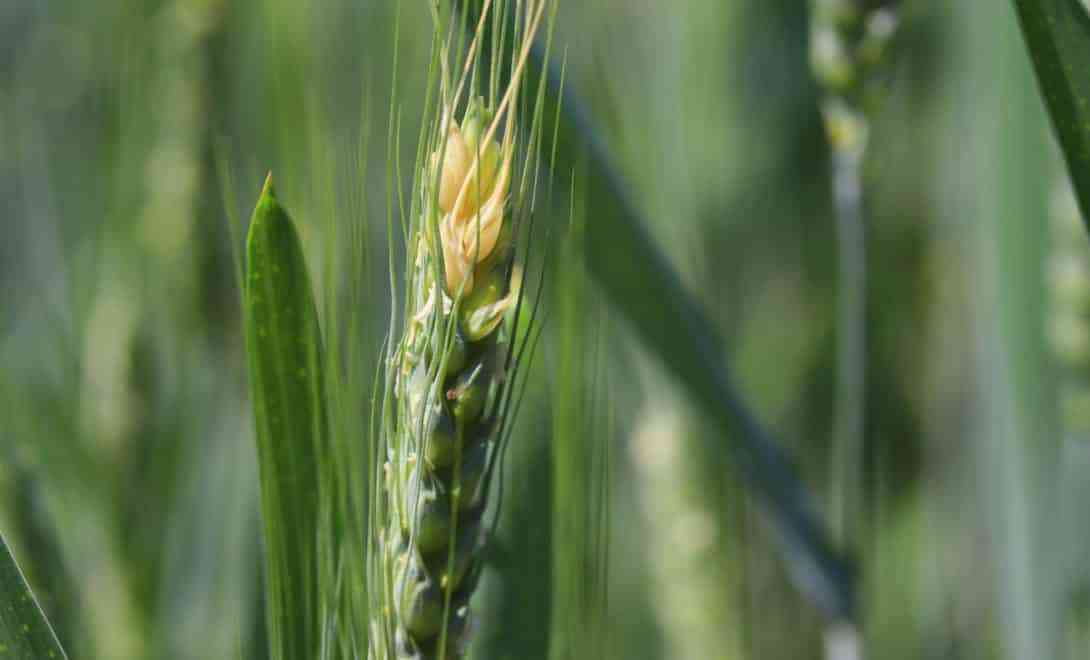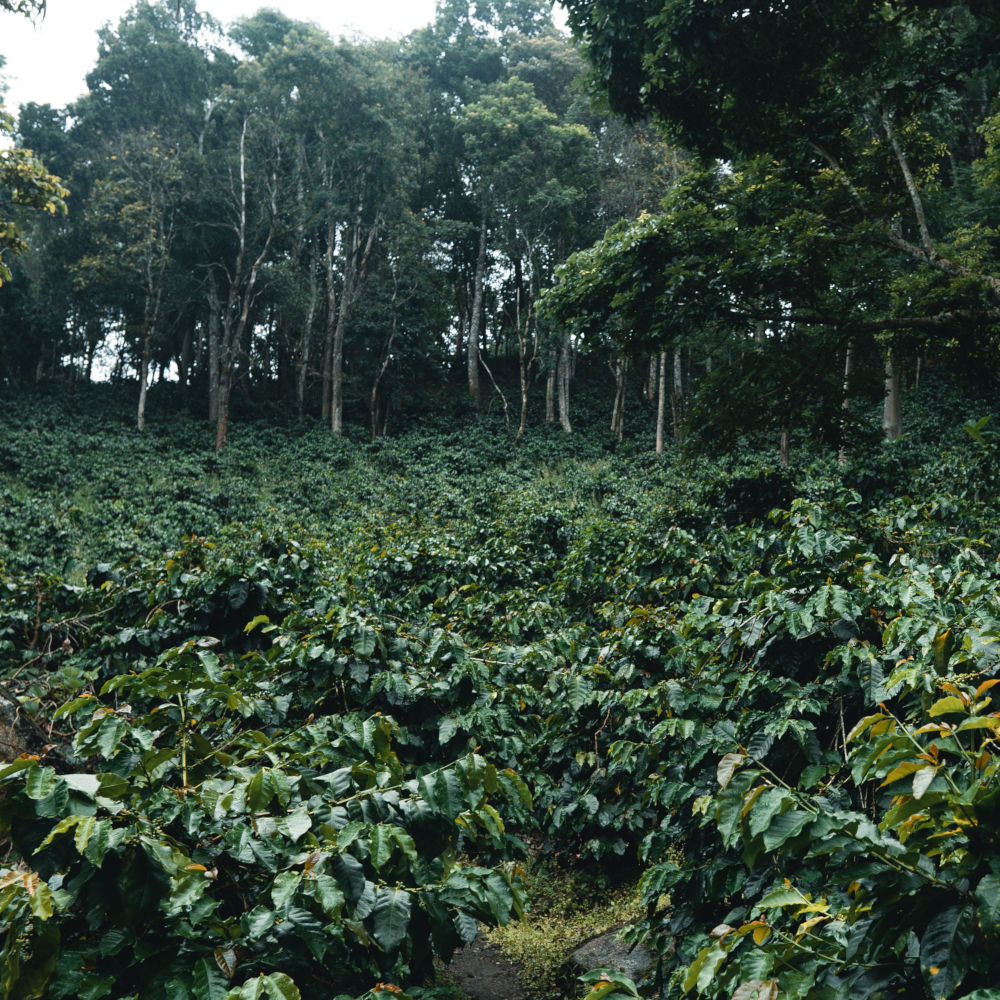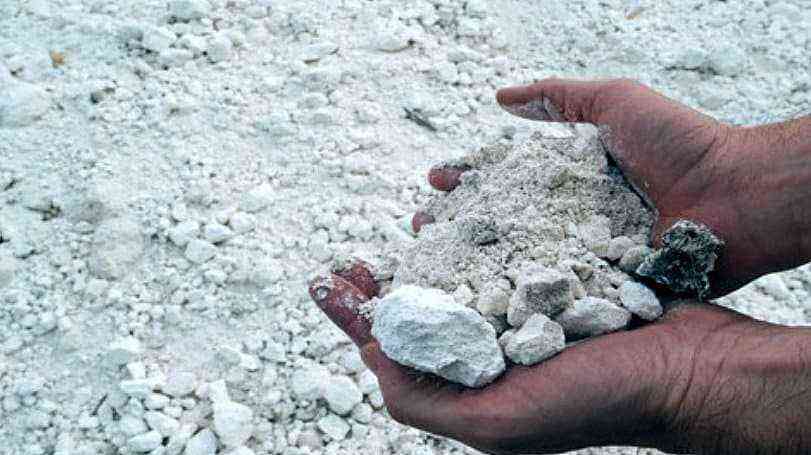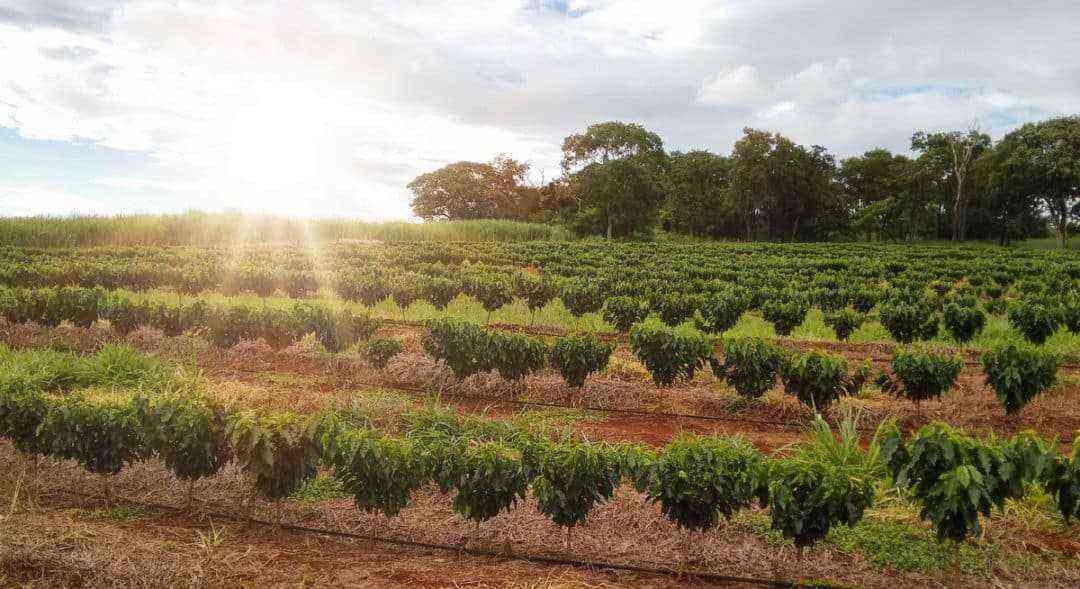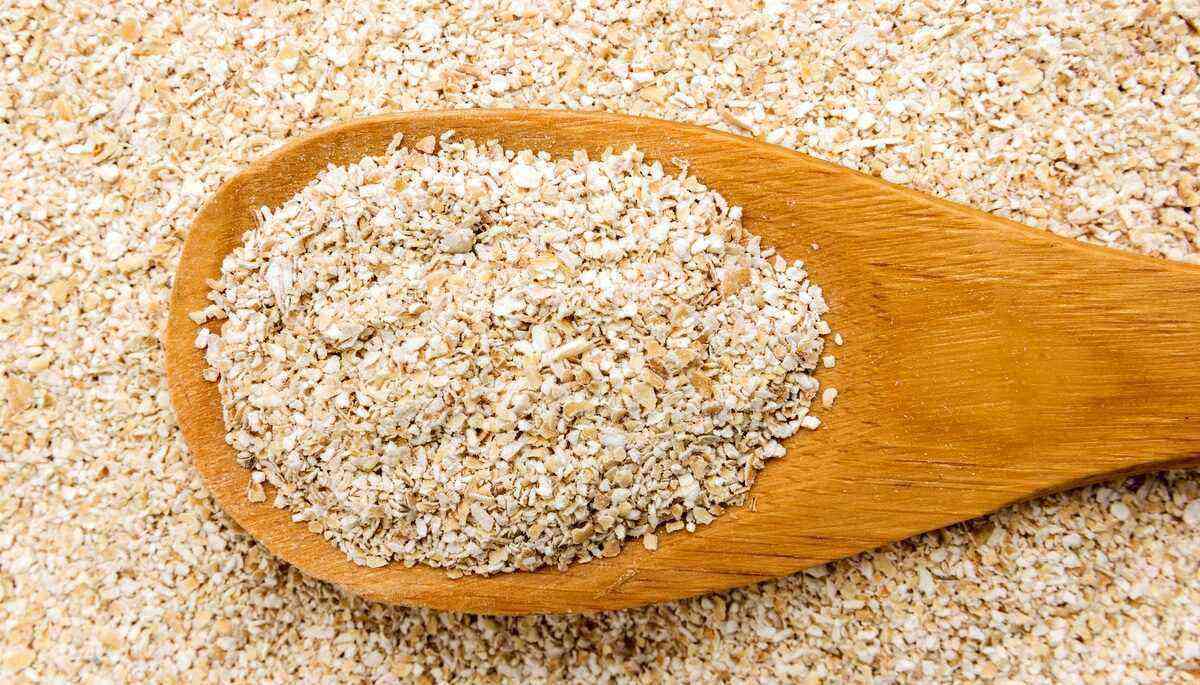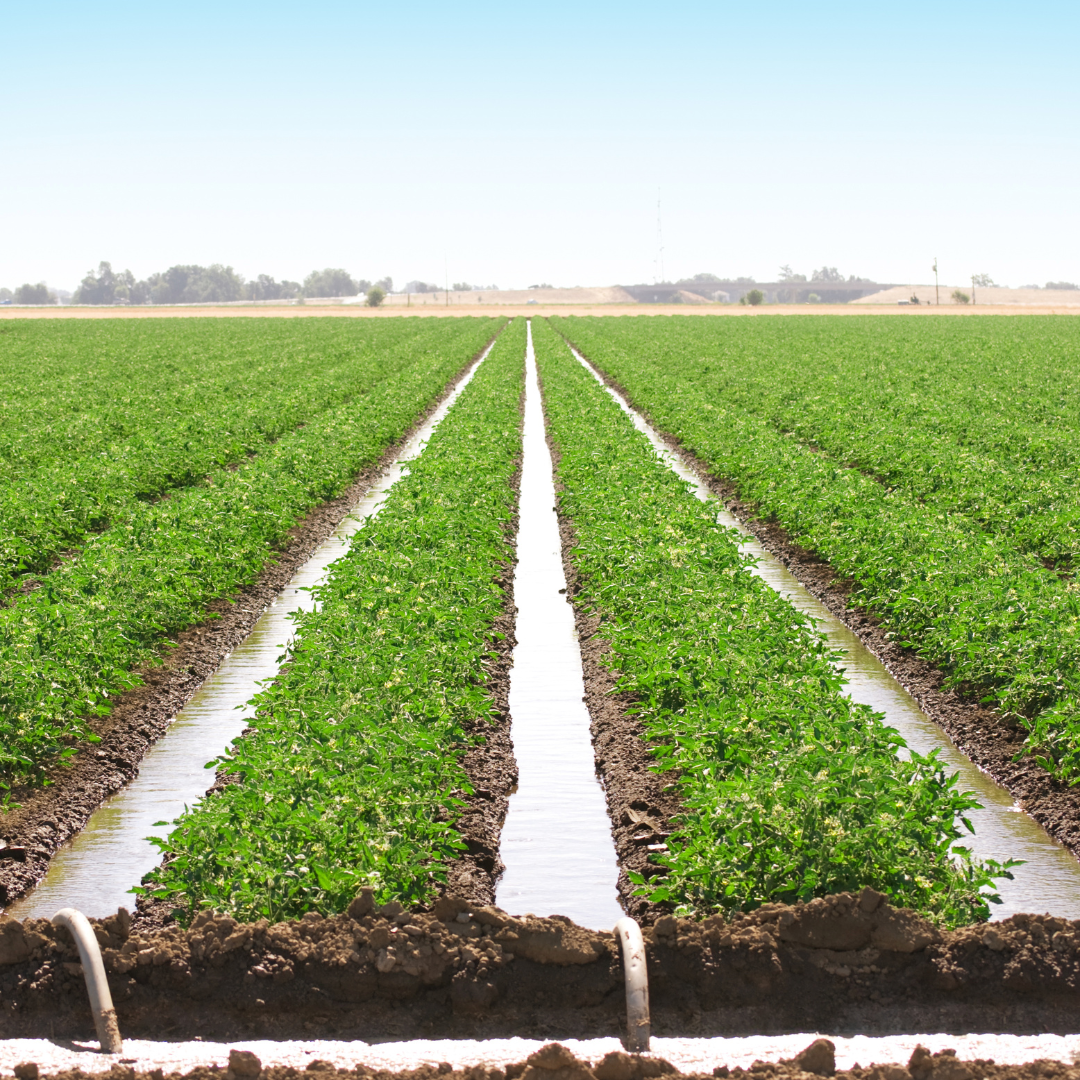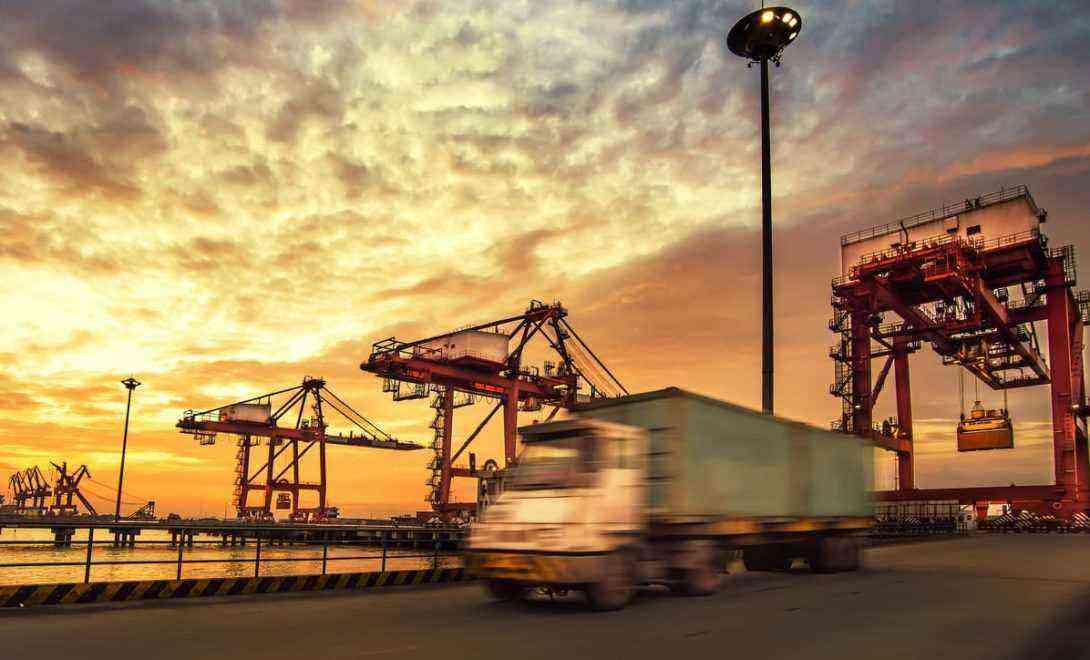For almost two centuries, Brazil has been the largest coffee producer in the world. In the 2018-2019 harvest, it represented 35,3% of world production.
The country also stands out as the largest exporter of this product, thus resulting in great importance for the Brazilian economy.
To remain at the top of the ranking, one of the concerns is to invest in new technologies that range from planting, harvesting to reaching the traditional “coffee” cup.
Among these technologies, equipment developed by Emprapa (Empresa Brasileira de Pesquisa Agropecuária) is allowing the mechanization of harvesting coffee planted in mountainous regions, where 13 to 15 million bags come from in Brazil. This volume represents almost half of the crop in Minas Gerais, the largest national producer state.
In these mountainous areas, traditional harvesters would not have access. The technology allowed a yield four times greater than the manual harvest of coffee.
Mechanization of coffee farming
According to CONAB (2019), the total area cultivated in the country with coffee reached 2,16 million hectares. Of this total, 1,84 million hectares (85,3% of the area) are in production.
One of the technological advances was the mechanization of farming to reduce the cost of labor and harvest time. This can represent savings of up to 50%.
The problem is that most of the equipment until now available on the market was not available for those coffee plantations planted in rough and mountainous terrain.
The models currently available can only be used on a maximum slope of 10%. Above that, the only way out would be manual harvesting.
Solution to the problem
The solution for harvesting these crops is a derriçadeira costal, technology developed by Embrapa, which multiplies the productivity of field workers by four.

The costal stripper is a technology that is helping to harvest coffee planted in mountainous regions. Photo: Embrapa.
It started to be designed in 1997, but it was only commercialized from 2004, aimed at coffee plantations in mountainous reliefs that are difficult to access by conventional harvesters.
The costal derriçadeira is being used mainly in the harvesting process in regions such as the south of Minas Gerais, a state responsible for about 55% of the Brazilian coffee crop.
Many of these crops are grown in mountainous areas that, despite the difficulties of the terrain, the coffee harvested is considered of excellent quality and provides good income to farmers. Therefore, the technology represents a very important advance.
The equipment is being used by the Regional Coffee Growers Cooperative in Guaxupé (Cooxupé) and generated a positive impact of R$770 million in the 2019 harvest.
Advantages of the new technology in coffee harvesting in mountainous regions:
- Multiply the productivity of the field worker by four.
- Eliminates the use of ladder for harvesting tall plants.
- It causes less damage to the plant than manual pruning, which benefits productivity.
- By reducing production costs, it promotes competitiveness of mountain coffee in relation to coffee produced in flat areas.
- Designed for mountainous reliefs, in which conventional machines do not enter, derriçadeira is used even on flat farms to do the “transfer”.
How it works
The equipment is manually operated and driven by a lateral or costal motor. It makes the rods located at the upper end of a stem vibrate, promoting the fall (shearing) of the fruits.
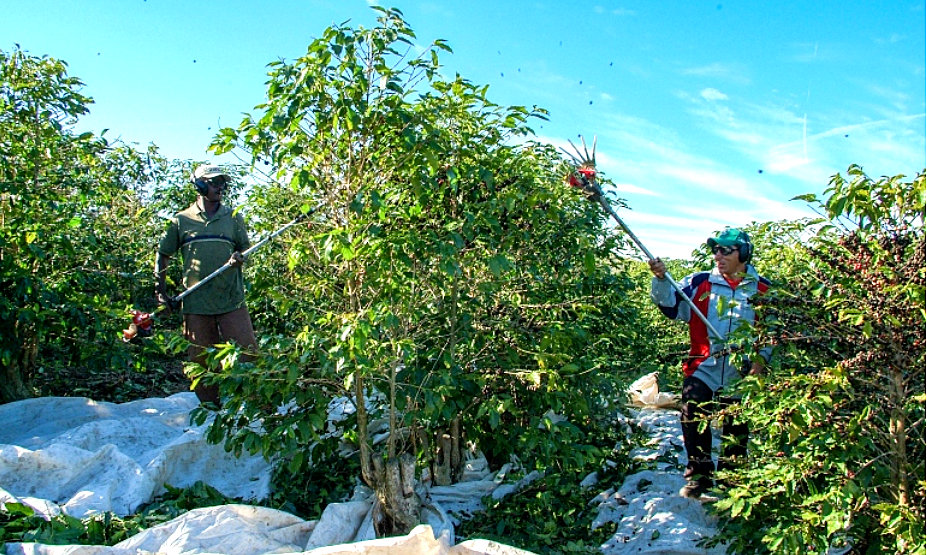
The derriçadeira has a mechanical hand to knock down the coffee beans: technology provides faster harvesting and labor savings. Photo: Embrapa.
It is like a “mechanical hand”, replacing manual harvesting, in which the worker uses his hand to pull the branch and drop the coffee bean.
The technology also eliminates the use of stairs and provides greater productivity. These characteristics allow the equipment to work in rough terrain and dense cultures, efficiently, on a small property.
With this, you can have access to equipment whether the coffee grower is small, family or large. In addition, it can be used in 100% mechanized areas to carry out the so-called “transfer”, a previously manual operation to remove the fruits that remained on the trees even after harvesting using these machines.
No video below, the manager of the Technical Development Department of the Regional Cooperative of Coffee Growers in Guaxupé (MG), Mário Ferraz de Araújo, talks about the results of using this new technology to harvest coffee in mountainous regions, as is the case in a good part of the state :
Source: Embrapa
Did you like the article about this technology that is helping the coffee harvest in mountainous regions of Brazil?
Also check out the article on the cultural treatments that are necessary for the recovery of the “post-harvest” crop. On our blog you can find out about the main issues related to agribusiness.
Check out in MF Rural our announcements about buying and selling coffee. There are hundreds of opportunities.
